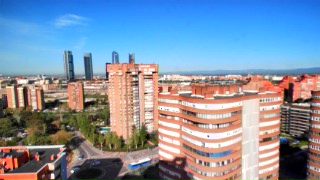| Banks are generally open weekdays 8:30-2, Saturdays 8:30-1, but in the summer most banks close at 1 PM weekdays and do not open on Saturday. Money exchanges at airports and train stations stay open later. Traveler's checks can also be cashed at the El Corte Inglés department stores until 9 PM. Most museums are open from 9:30 to 2 and from 4 to 7, and are closed one day a week, usually Monday, but opening hours vary widely, so check before you set off. A few big museums, including the Prado and the Centro de Arte Reina Sofía, do not close at midday. Almost all shops close at midday for at least three hours, except for the big department store chain El Corte Inglés. Generally store hours are from 10 to 1:30 and 5 to 8. Shops are closed all day Sunday and on Saturday afternoon, except for El Corte Inglés. |
| Holidays: National holidays include January 1; January 6 (Epiphany); March 19 (St. Joseph); March 28 (Good Friday); March 31 (Easter Monday); May 1 (May Day); August 15 (Assumption); October 12 (National Day); November 1 (All Saints Day); December 6 (Constitution); December 8 (Immaculate Conception); December 25; and December 26 (Boxing Day). In addition, each city and town has its own holidays honoring political events and patron saints. Madrid holidays include May 2 (Madrid Day), May 15 (San Isidro), and November 9 (Almudena). If a public holiday falls on a Tuesday or Thursday, many businesses also close on the nearest Monday or Friday for a long weekend called a puente (bridge). |


